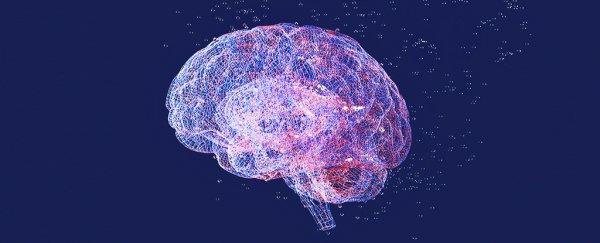The widely used anesthetic propofol has a dramatic effect on the oscillating waves circulating through the brain, a new primate study shows – important findings for understanding more about our bodies under anesthesia, and ensuring it remains safe to use.
When we're conscious, the brain is dominated by higher frequency waves (beta waves) – but under the influence of propofol-based general anesthesia, it seems that very slow-frequency traveling waves (delta waves) are much more common.
Moving through the cortex – the outermost layer of brain tissue – these waves also shift from traveling in all kinds of different directions to all pointing the same way. Some beta waves still exist, but also in small pockets not covered by delta waves.
"The rhythms that we associate with higher cognition are drastically altered by propofol," says neuroscientist Earl Miller, from the Massachusetts Institute of Technology (MIT).
"The beta traveling waves seen during wakefulness are pushed aside, redirected by delta traveling waves that have been altered and made more powerful by the anesthetic. The deltas come through like a bull in a china shop."
The scientists compare the awake brain to a sea rolling with waves of all shapes and sizes, which is then flattened by the arrival of an ocean liner. That's the sort of effect that propofol apparently has, sweeping away consciousness like waves on an ocean.
Another key finding is that the brain activity observed under anesthetic is significantly different than it is under the influence of sleep. In sleep, the delta waves are rotating, perhaps to help consolidate memories; here, they're flattened out.
The findings are based on an analysis of brain scans of two macaque monkeys, and the study is one of the first to track subjects all the way through the process of losing and regaining consciousness, from start to finish.
Being able to see how the traveling waves are modified in the same subjects as they go from being awake to being anesthetized and back again is important. The study builds on an earlier analysis of the same data published last year.
"We continuously monitored how these waves behaved when the animals were in the awake state, and then how they changed when loss-of-consciousness occurred, and then again when recovery-of-consciousness occurred – all in the same animals, in a continuous experimental session," says computational biologist Sayak Bhattacharya, also from MIT.
"This allowed us to explore in real-time how neural pathways that produce the waves were altered."
When the monkeys regained consciousness, their brain wave patterns went back to normal. That strongly suggests a connection between the shifts in activity and the application of the propofol anesthetic.
While scientists aren't completely sure what brain waves do as they travel around, it's hypothesized they perform a variety of important functions in terms of coordinating brain activity: holding information in memory, keeping time, and perceiving the world around us, for example.
All that goes away when the brain is anesthetized, and it seems the breakdown of beta waves leads to a loss of consciousness. Scientists are still exploring how different anesthetic drugs can work on the brain in different ways.
"The traveling waves generated by propofol help us appreciate that there are many dynamical phenomena that anesthetics create that can contribute to altered arousal states such as unconsciousness," says neuroscientist Emery Brown, from MIT.
"It is unreasonable therefore, to think that there is a single mechanism of action for all anesthetics."
The research has been published in the Journal of Cognitive Neuroscience.
